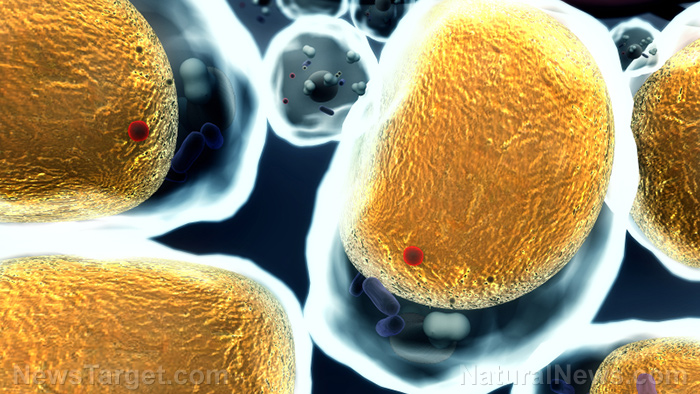Food preserving chemicals linked to hormone disruption and obesity, according to new study
12/29/2017 / By Isabelle Z.

Most people are aware that the chemicals found in food preservatives are rather unhealthy. Even those who continue to eat such foods generally realize on some level that they are not doing their bodies any favors. However, a new study shows that such chemicals are not just toxic; they could also be the reason people are piling on the pounds.
Animal studies have pointed to the link between preservatives in breakfast cereals and other foods and obesity in the past, but this is the first time such findings have been confirmed in humans. In a study published in the Nature Communications journal, researchers from Cedars-Sinai Medical Center used a new protocol to test the effects of endocrine disruptor chemicals on humans.
Three chemicals commonly found in everyday life were tested in the study. The first, butylhydroxytoluene (BHT), is an antioxidant that is added to many popular breakfast cereals and other foods in order to keep the fats in them from becoming rancid and to protect their nutrients. It’s so toxic that it’s banned from food in several European countries, but it can still be found in American cereals.
The second chemical studied, perfluoroctanoic acid (PFOA) is a polymer that is used in carpeting and cookware, along with many other products. The compound tributyltin (TBT), which is found in paints and often makes its way to water, where it accumulates in seafood, was also studied.
According to the researchers, each of the chemicals studied damaged the hormones that send communications between the brain and the gut, and when all three are present, their effect is heightened. Among the three chemicals studied, BHT had the most negative effect.
For their study, the researchers took blood samples from adults and introduced reprogramming genes that converted the cells to induced pluripotent stem cells. These stem cells were then used to grow epithelium tissue, which is what lines the human gut and the neuronal tissues in the hypothalamus, the part of the brain responsible for regulating metabolism and appetite.
Next, they exposed these tissues to the three chemicals individually and in combination to observe what occurred. The chemicals were observed disrupting the networks that help signaling hormones make their way safely out of cells, and they also damaged the cellular structures responsible for converting food and oxygen into energy, the mitochondria.
Interference with signals to stop eating when full
Their findings indicate that exposure to these chemicals on a regular basis can affect the signals the digestive system sends to the brain to tell people that their hunger has been satisfied and they should stop eating. It is when this signaling system stops working properly that people continue eating even though they are full, thereby gaining weight.
With more than a third of American adults now considered obese, this is useful information that can help guide food decisions in those looking to lose some weight. Moreover, the new testing system could offer a very useful, affordable and safe method for evaluating how the many chemicals in our environment affect our health.
Over 80,000 chemicals are currently registered for use in America in everyday items ranging from food and personal care items to lawn care products and household cleaners. The U.S. Department of Health and Human Services’ National Toxicology Program states that the effects of a lot of these chemicals on human health are unknown.
Ethical issues surrounding the exposure of human subjects to substances that could be harmful are a big obstacle when it comes to testing chemical safety, so this new approach could prove significant in helping to properly assess the chemicals people are exposed to on a regular basis.
Sources include:
Tagged Under: BHT, chemicals, food preservatives, food safety, groceries, hidden ingredients, hormone signals, ingredients, mind body science, obesity, PFOA, preservatives, slender, TBT, toxins



















